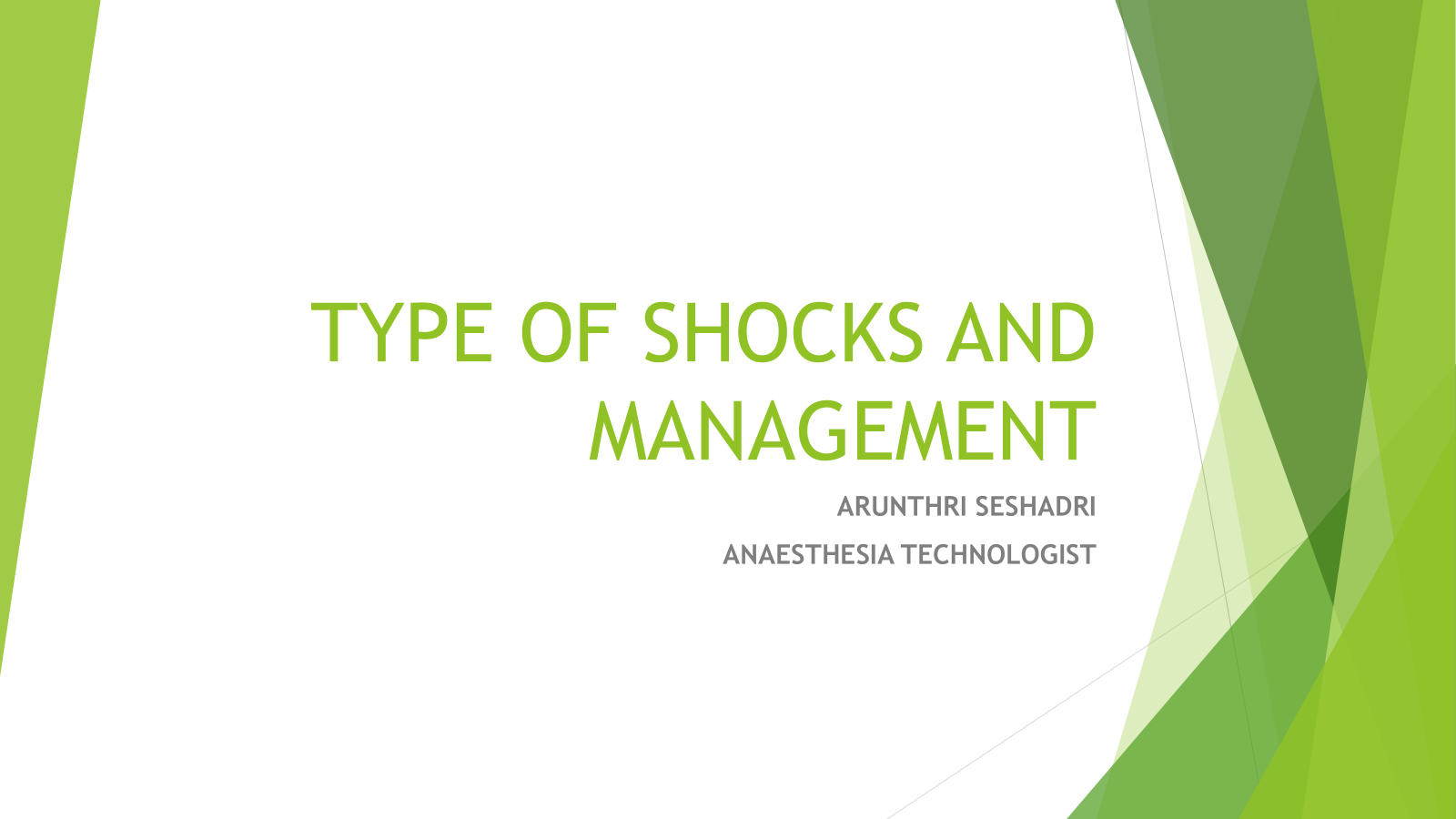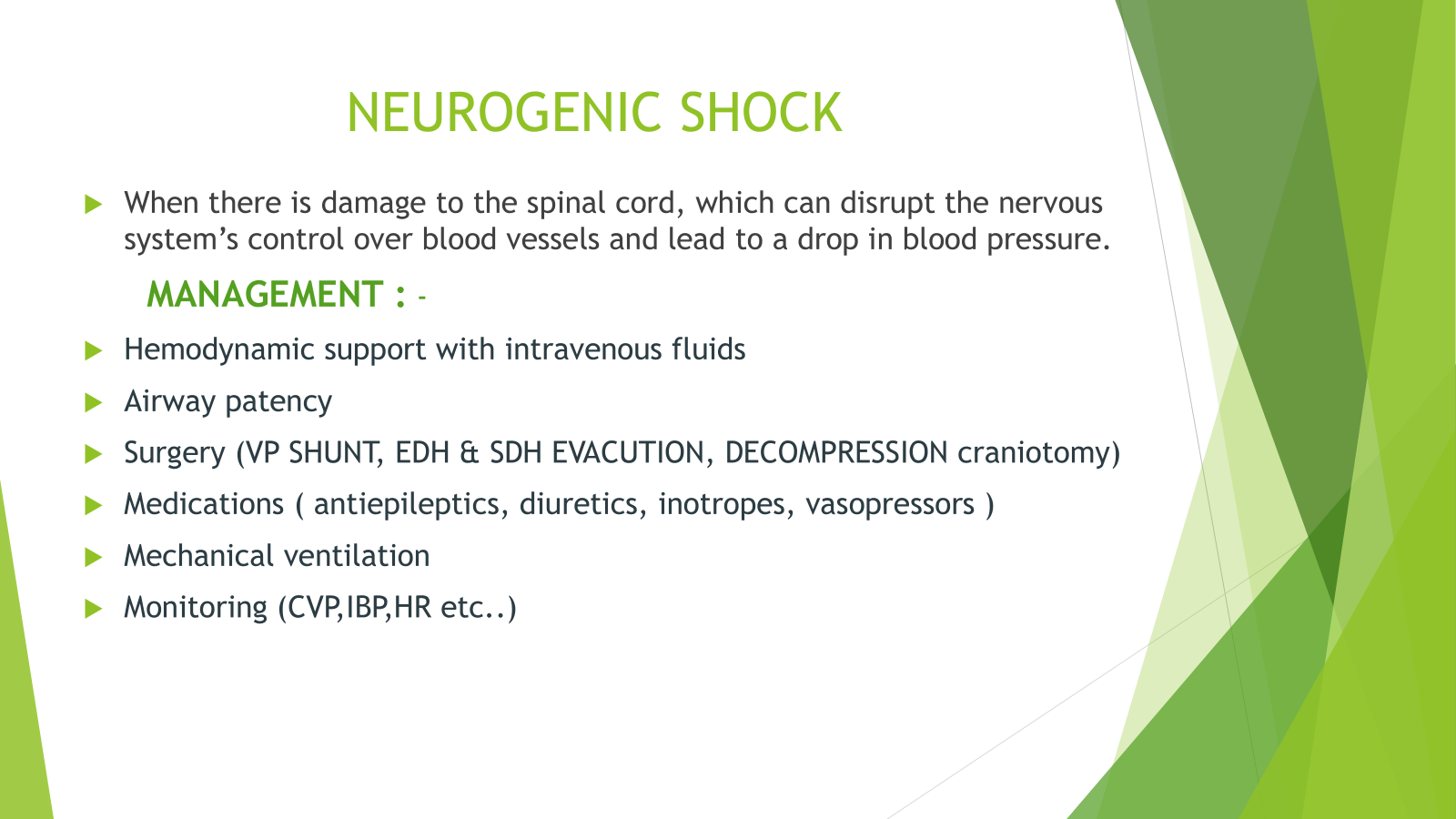Shock is a medical emergency where the body’s organs and tissues do not receive adequate blood flow, leading to oxygen deprivation and potentially life-threatening complications. There are several types of shock, each with different causes, mechanisms, and treatments. Here are the primary types of shock:
1. Hypovolemic Shock
- Cause: This type of shock occurs when there is a significant loss of blood or other body fluids, which leads to a decrease in the volume of circulating blood.
- Common causes:
- Severe bleeding (trauma, surgery, gastrointestinal bleeding)
- Dehydration (from vomiting, diarrhea, excessive sweating)
- Burns that cause fluid loss
- Symptoms: Rapid heart rate, low blood pressure, pale or cool skin, weakness, confusion, and reduced urine output.
2. Cardiogenic Shock
- Cause: This type occurs when the heart is unable to pump blood effectively, leading to inadequate blood flow to organs and tissues.
- Common causes:
- Symptoms: Rapid or weak pulse, low blood pressure, chest pain, shortness of breath, confusion, and cold, clammy skin.
3. Distributive Shock
Distributive shock occurs when blood vessels lose their tone and widen, causing blood to pool in certain areas of the body rather than being delivered to vital organs.
- Septic Shock:
- Cause: Resulting from a severe infection (bacterial, viral, fungal) that leads to systemic inflammation and widespread blood vessel dilation.
- Symptoms: Fever, chills, rapid heartbeat, low blood pressure, organ dysfunction (kidney, liver), and confusion.
- Neurogenic Shock:
- Cause: Occurs when there is a disruption in the sympathetic nervous system, leading to the loss of tone in the blood vessels.
- Common causes: Spinal cord injury, severe head injury, or anesthesia.
- Symptoms: Low blood pressure, slow heart rate (bradycardia), warm skin, and fainting.
- Anaphylactic Shock:
- Cause: A severe allergic reaction that leads to widespread vasodilation and fluid leakage from the blood vessels.
- Common causes: Insect stings, medications, certain foods, or latex.
- Symptoms: Difficulty breathing, swelling (especially of the face and throat), rash, low blood pressure, and dizziness.
4. Obstructive Shock
- Cause: This type of shock is caused by a physical obstruction that impairs blood flow to vital organs.
- Common causes:
- Pulmonary embolism (blood clot in the lungs)
- Cardiac tamponade (fluid accumulation around the heart)
- Tension pneumothorax (collapsed lung with trapped air that compresses the heart and blood vessels)
- Aortic dissection (tear in the aorta)
- Symptoms: Difficulty breathing, chest pain, low blood pressure, rapid heart rate, and signs of organ failure.
5. Mixed Shock
- Cause: A combination of more than one type of shock occurring at the same time. For example, a patient might experience both hypovolemic and septic shock simultaneously.
- Symptoms: A combination of the symptoms listed above, depending on which types of shock are involved.
Summary of Symptoms in Shock:
- Low blood pressure
- Rapid heart rate (tachycardia)
- Weak or absent pulse
- Cold, clammy skin or flushed skin (depending on the type of shock)
- Rapid breathing (tachypnea)
- Confusion, anxiety, or altered mental status
- Decreased urine output
- Cyanosis (bluish color in lips, face, or extremities)
Treatment:
- Hypovolemic shock: Fluid resuscitation with intravenous (IV) fluids, blood transfusions if necessary.
- Cardiogenic shock: Medications to improve heart function, mechanical support (e.g., intra-aortic balloon pump), or surgery (e.g., coronary artery bypass).
- Distributive shock: Antibiotics (for septic shock), epinephrine or other vasoconstrictors (for anaphylaxis), and supportive care.
- Obstructive shock: Treatment of the underlying obstruction (e.g., surgery or thrombolytics for pulmonary embolism).









